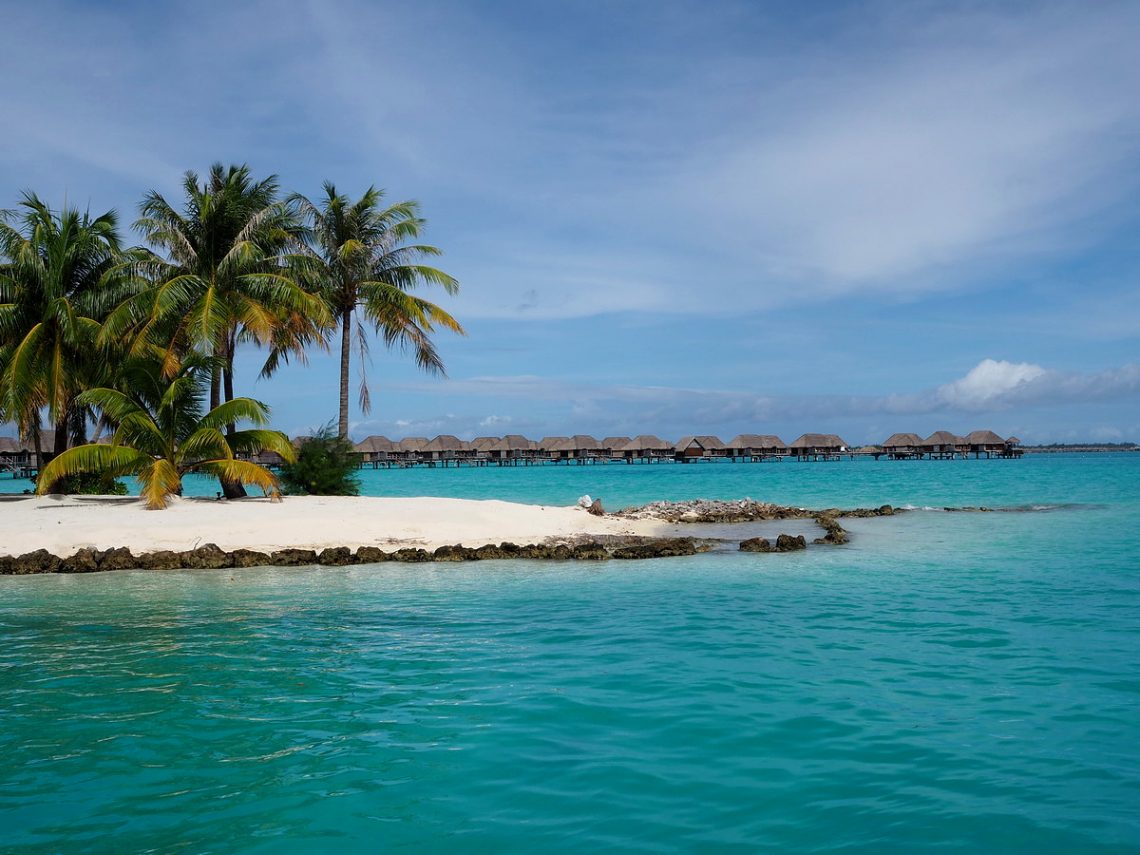“Maybe it’s the placenta they buried…” – pondered India, a Tahitian girl, when we talked about why every islander yearns to be back in their homeland.
Seeing my surprised face, she told me that on Tahiti after a child is born, the parents bury the placenta in the yard of the family house or some other place that’s important for them. They usually plant a sapling where the placenta was interred. It may sound bizarre, but one of my hosts told me of a case when the young parents living in a sublet kept the placenta in their freezer until they could buy their own home, where they could bury it in the yard in its deserved place.

India, the girl who returned home after traveling around the world
India’s parents got divorced when she was three years old and her Italian father took her with him to Europe. She finished her schools in Bologna but as soon as she turned 18, she returned to Tahiti, and has no inclination to live elsewhere. Others witnessing our conversation nodded fervently in agreement. In Tahiti one feels the yearning to leave and being soil-bound at the same time. They yearn to be away because they feel so secluded on this tiny island that they want to get to know the world, but after studying, working, traveling a few years abroad, almost all of them return to their homeland.
When I ask them the reasons, they seem to be a bit at loss and keep repeating: it’s good here. Even though Tahiti has the same problems as other parts of the world (from alcoholism to crime), everything is on a much smaller scale and people are compensated by values that can’t be found elsewhere, like the solidarity of families in the broader sense. “When you leave, you don’t only lose your parents and a few siblings, but grandparents, aunts, uncles by the dozen”. Here the elderly live together with the next generations and families keep in touch with the extended family much more frequently than in Europe.
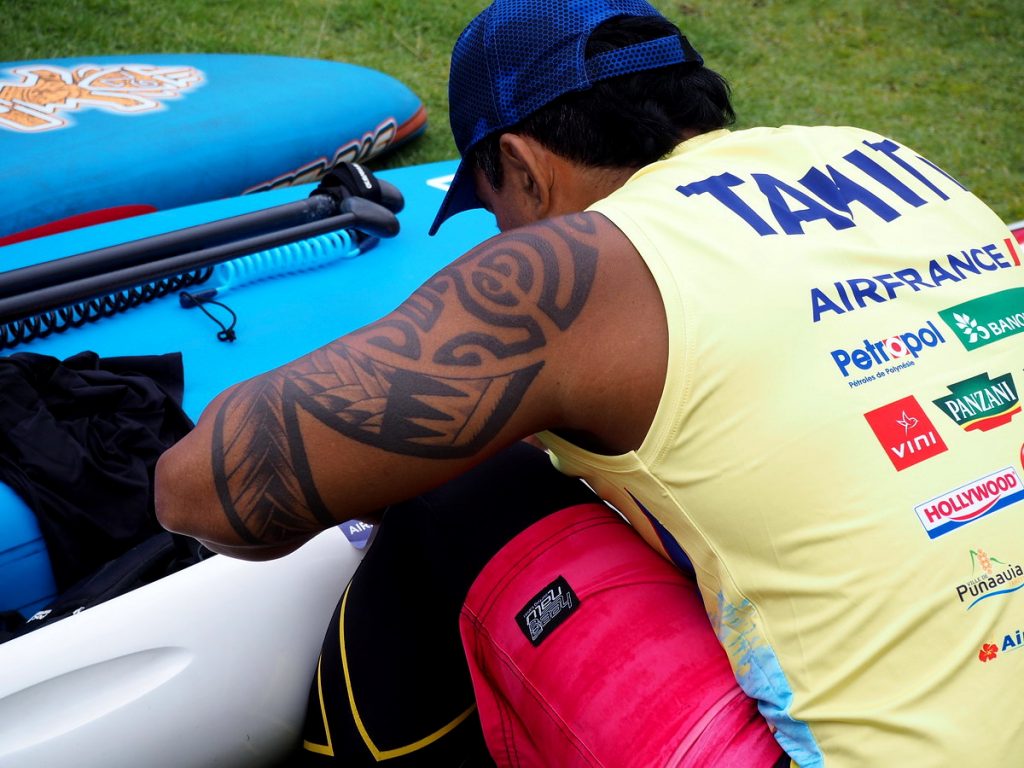
Another sign of the togetherness of the community is the tattoos you quite often see on both men and women. Tattoo comes from the Tahitian word “tatu”, meaning to mark something, leave a mark on something. It spread to the world after the Pacific travels of Captain James Cook, who even took a tattoo artist to England with him. I also found out from the locals that in older times people couldn’t choose their patterns, those depended on social rank and financial situation. By knowing these, the tattoo artist also knew what kind of motifs he could draw on someone. With the appearance of missionaries persecuting every local tradition, tattoos disappeared as did traditions like grass skirts and dances and patterns drawn on the body. In the past decades however this fashion is blooming again, now however the motifs can be chosen freely by everyone. Even with this newly gained freedom, many people still adhere to the traditions, for example with family motifs inked on through generations. They also invoke the past by using only the color black in their tattoos.
After my second day in Tahiti, I felt I knew everyone and had given everyone a kiss on the cheek. Here greeting each other includes a kiss on each cheek. One acquaintance is enough to start the domino effect. You walk on the street, run into a friend of your friend who introduces you immediately to everyone and we start the cheek-kissing game.
I asked a Parisian man working here temporarily how hard it was for him to get used to this custom, as informality is not exactly what the French are known for. “It became natural after two days.” he laughed. “It’ll be harder to get back to the French way and not give everyone a kiss on the cheek in Paris.” This isn’t the only informality you’ll find. It also shows in that they don’t use the polite form in the conjugation of verbs, ‘theeing’ is the everyday way of speaking. Hierarchy is much less important than in other parts of the world. Here it’s perfectly normal to talk to a minister using the ‘theeing’ form, if you are curious to know something.

The view from the highest point of Moorea
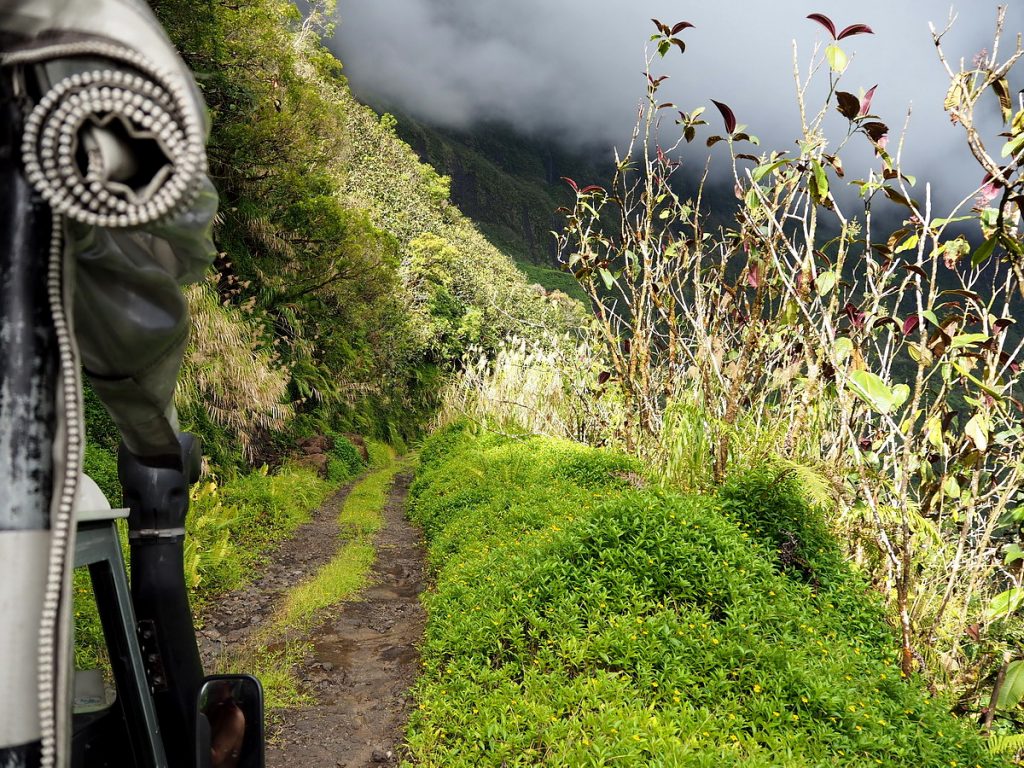
A trip to inland Tahiti
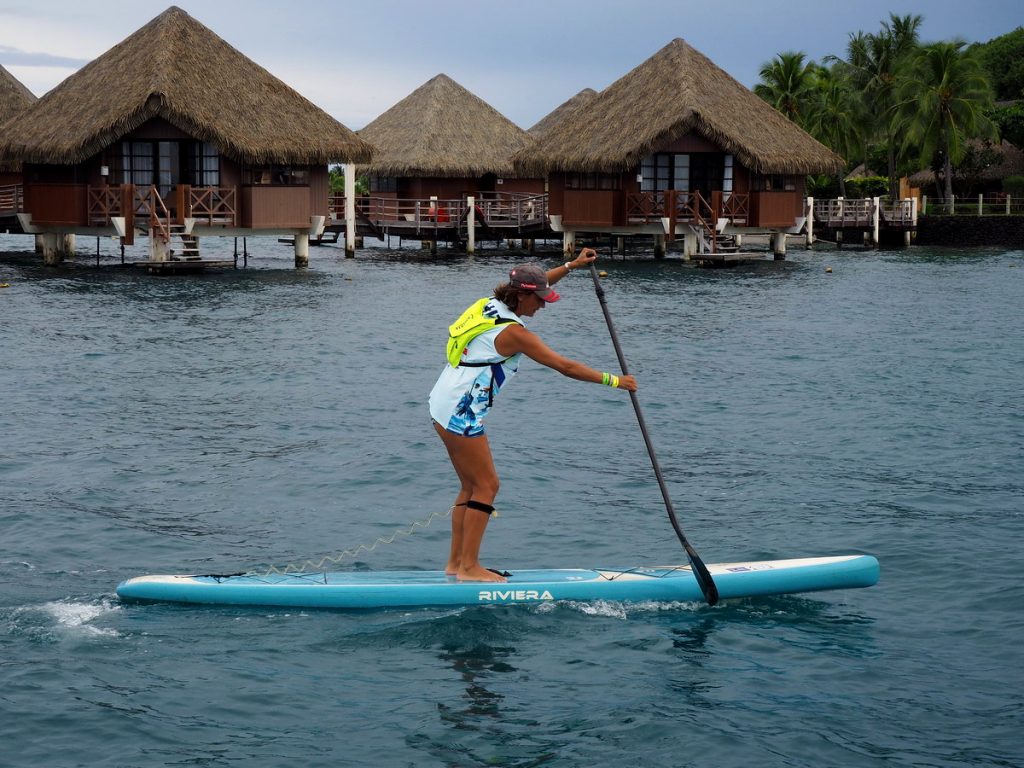
Stand up paddling (SUP for short) is a popular sport. People living or working close to the beach often hop on the board even if only for 30 minutes, and they also hold competitions quite often.
I have already been to islands that belong to France (Réunion, Martinique, Guadeloupe), but French Polynesia is completely different. Contrary to the other islands, here there is no dividing line between the French and the indigenous residents, local culture dominates everything. We talked a lot about this with French people living here and locals too, to figure out the reason. We came to the conclusion that one of the reasons is the unusually high, almost 70 percent ratio of indigenous people (whereas in the other Polynesian territories it is significantly lower, like the 15 percent in New Zealand, 10 percent in Hawaii), and the other is the fascinating directness and kindness of the locals. There is no Frenchman who would not cast off their usual stiffness and ease up to the locals. I also learnt from a French gentleman working in a Papeete, that in Tahiti it is totally normal that at lunchtime workers go to the beach to kayak a little if the weather permits – there cannot be a deadline or task important enough to override the love of nature.
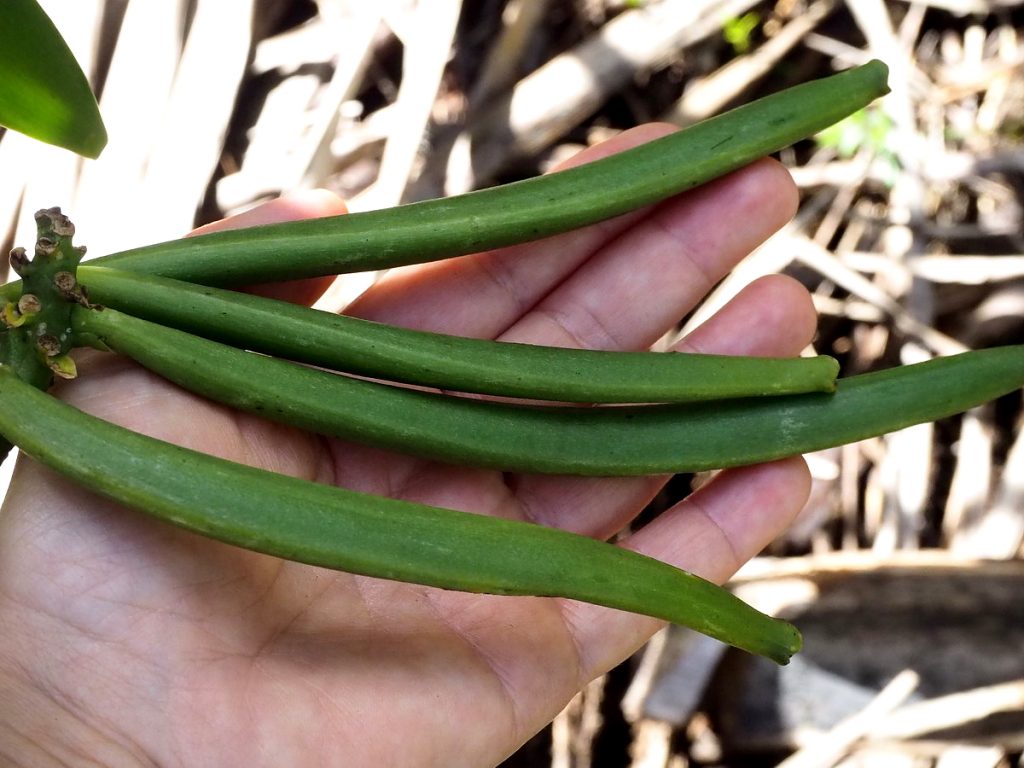
Vanilla
But what can a tourist do on a beautiful tropical island like this one? Most visitors come to this breathtakingly beautiful but rather expensive region for their honeymoon, to celebrate a birthday or an anniversary. Apart from resting, jeep tours into the heart of the island, where you can visit vanilla and pineapple plantations are popular too. Next to tourism and pearl cultivation, these two produce make up economic growth. The world famous Tahitian black pearl is actually not black, but occurs in all colors of the rainbow, mainly in dark, iridescent colors of dark green, dark purple and silver grey. The name ’Tahitian black pearl’ is also misleading as the pearls come from the Tuamotu and Gambier islands’ coral reefs, north-east of Tahiti. It is indisputable though, that they are special and gorgeous.
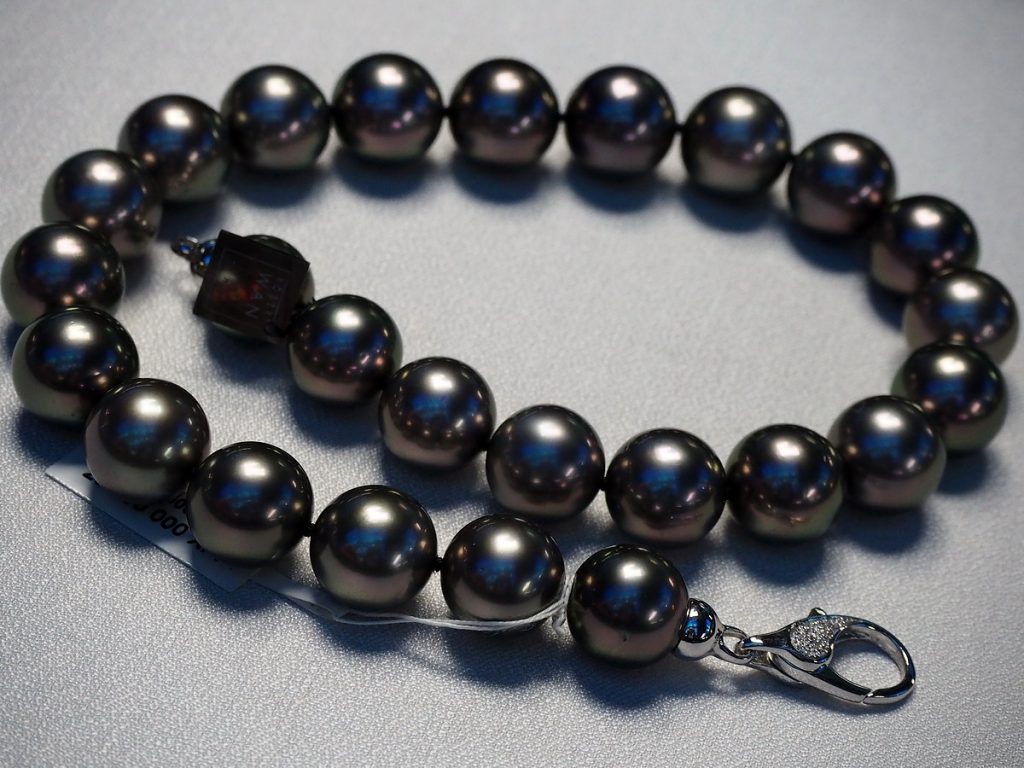
The pearl cultivator of the area is Pinctada margaritifera. The pearl inside the shell can be of lots of colors, but the darker ones are more widespread, the black being the most famous one. These days pearls are cultivated in confined ocean farms.

Four Seasons Hotel on Bora Bora is a luxury hotel fitted with every convenience
Though I only spent three weeks in this paradise on Earth, and no buried placenta, no extended family binds me to the island, I still felt the same longing as I got on the plane: I have to come back one day….
(The original article was published on Hungarian in National Geographic Magyarország online)

